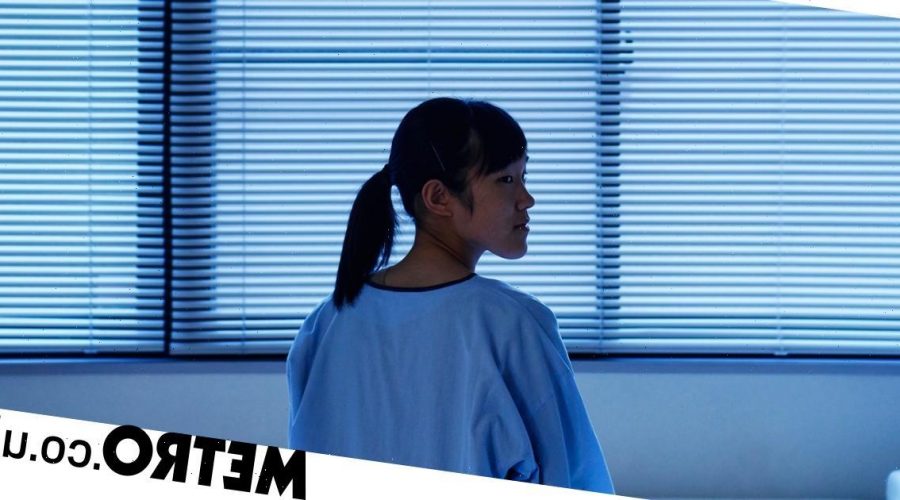Why wasn't it mandatory for doctors to be taught about women’s issues before now

On Wednesday, the Government published the first ever Women’s Health Strategy for England, including plans to tackle the gender health gap.
It was announced that all graduating medical students and incoming doctors would now receive mandatory specific teaching on women’s health.
Which begs the question – what on earth were doctors being taught up until now?
Why has it taken until 2022 for the General Medical Council (GMC) to come up with a plan to tackle women’s health issues by *checks notes* learning about the specifics of women’s health?
For centuries, medicine and healthcare have been plagued by sexism.
Dysmenorrhea (period pain) and endometriosis was treated as ‘hysteria’ and women were locked away in asylums and branded insane.
Today, women still face issues with trusting the kind of healthcare we receive.
For too long, being male has been the default. The way in which medical data was collected and analysed would favour the male form over the female. Much like with crash test dummies, research and analysis for various medical conditions would be based on stereotypical male forms rather than female or both.
And women pay the price.
It was only a few years ago that I first saw breast tissue included in a medical drawing of the musculoskeletal system. Until then, it was as if female breasts weren’t important enough to document.
We have been working with a one-size-fits-men model for far too long.
Which is why I’m glad to hear news that the NHS has plans to expand free access to fertility treatment and increase funding for mobile breast cancer screening units as part of their plan.
They will also update guidance around the treatment of severe endometriosis, introduce a pregnancy loss certificate that provides legal recognition when a baby dies within the first 24 weeks of pregnancy and expand on dedicated women’s health hubs, where women can access gynaecology, maternity and sexual health services in one place.
As we continue the fight for gender health equality, it is also vital that we take an inclusive approach across the board
But does it go far enough?
It takes longer to shift a culture than it does to build a hospital, which is why I was disappointed to learn that the new specific training in women’s health will only be provided for newly-qualified doctors and medical students, instead of everyone working in the healthcare system. There are 120,000 existing doctors who won’t have had this training.
A junior doctor – fresh eyed, bushy tailed and filled with a nuanced understanding of specific women’s health issues – will still be reporting to a senior doctor or consultant who might be set in their ways. It will likely take years to implement these changes across the board – perhaps even decades.
Women are not simply pregnancy vessels. We do not suddenly become women if we are pregnant, and there are other medical conditions that women experience differently to men.
Take heart attacks, for example. Women can experience slightly different symptoms to the stereotypical male signs that a heart attack is taking place.
According to the British Heart Foundation, women may be less likely to seek medical treatment quickly – despite the warning signs – and this can dramatically reduce a woman’s chance of survival.
Not all women want to have children and their wishes should be respected. Time and time again, I hear of women who suffer from extreme period pain and womb-related issues, yet are denied access to a hysterectomy on the ‘off-chance’ that they might change their mind about having kids in the future.
I hope that a modernised approach to women’s health will dispel myths about womanhood and women’s pain and will close the gender health gap, but I fear that we may also risk ghettoising women’s health needs.
Around 52% of our population are female after all.
As we continue the fight for gender health equality, it is also vital that we take an inclusive approach across the board.
Trans women will have different health needs to those of cis women. While Black women are up to four times more likely to experience a pregnancy and childbirth related death than white women.
Healthcare is not binary. All patients deserve the right to be treated, not only according to the specifications of their gender or sex, but according to their needs as an individual.
Do you have a story you’d like to share? Get in touch by emailing [email protected].
Share your views in the comments below.
Source: Read Full Article
